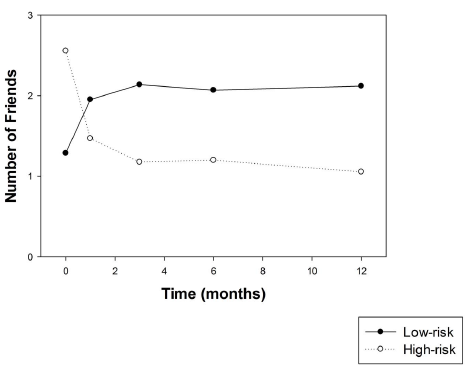How 12-Step Peer Support Works Differently for Adults Versus Young Adults
Social factors play a key role in addiction recovery.
Although a mixed set of findings, some researchers suggest a follow-up episode of care may be a step toward recovery.
Research with adults indicates individuals with substance use disorder (SUD) derive benefit from mutual-help organizations (MHOs), such as Alcoholics Anonymous, through positive changes in social networks that increase social connections supportive of recovery and decrease use that undermines recovery.
In fact, study authors Kelly and colleagues anticipated that 12-step MHOs may play an even more crucial recovery-supportive social role for young adults because they can offer a location to find recovering peers.

In order to better understand young adult recovery experiences and young adults’ continuing care recommendations, the authors investigated whether changes in social ties – increases in low risk friends and decreases in high risk friends – explained MHOs positive effects for young adults.
Both MHO participation and changes in social ties predicted better outcomes (percent days abstinent and percent days heavy drinking) but, contrary to their expectations, these social changes were not associated with MHO participation.
Mutual Help Organizations (MHOs) may be less able to provide social network change for young adults, because of a lack of similar-aged peers in MHOs. Specifically, only about 14% of AA and NA members are under age 30.
IN CONTEXT
Young adults are likely to increase recovery-supportive and decrease recovery-risky peers after residential treatment, which aid in overall recovery efforts.
Importantly, Kelly and colleagues’ study adds support to the notion that, on average, pathways into recovery initiation and maintenance for youth are different than those of adults. Among probable factors relating to this are different life-stage contexts.
One note for future study, however, is that social ties here were measured only by “close friends”. While emerging adults may be developing a “support network” of other MHO members who aid in their recovery efforts, including but not limited to a sponsor, they may not yet define these individuals as “close friends”, particularly within only the first 6 months (at a maximum) of these new relationships. Therefore, a more complete story could include investigating the role of sponsors and other supportive individuals in emerging adult recoveries, and how these relationships are related to MHO participation.

